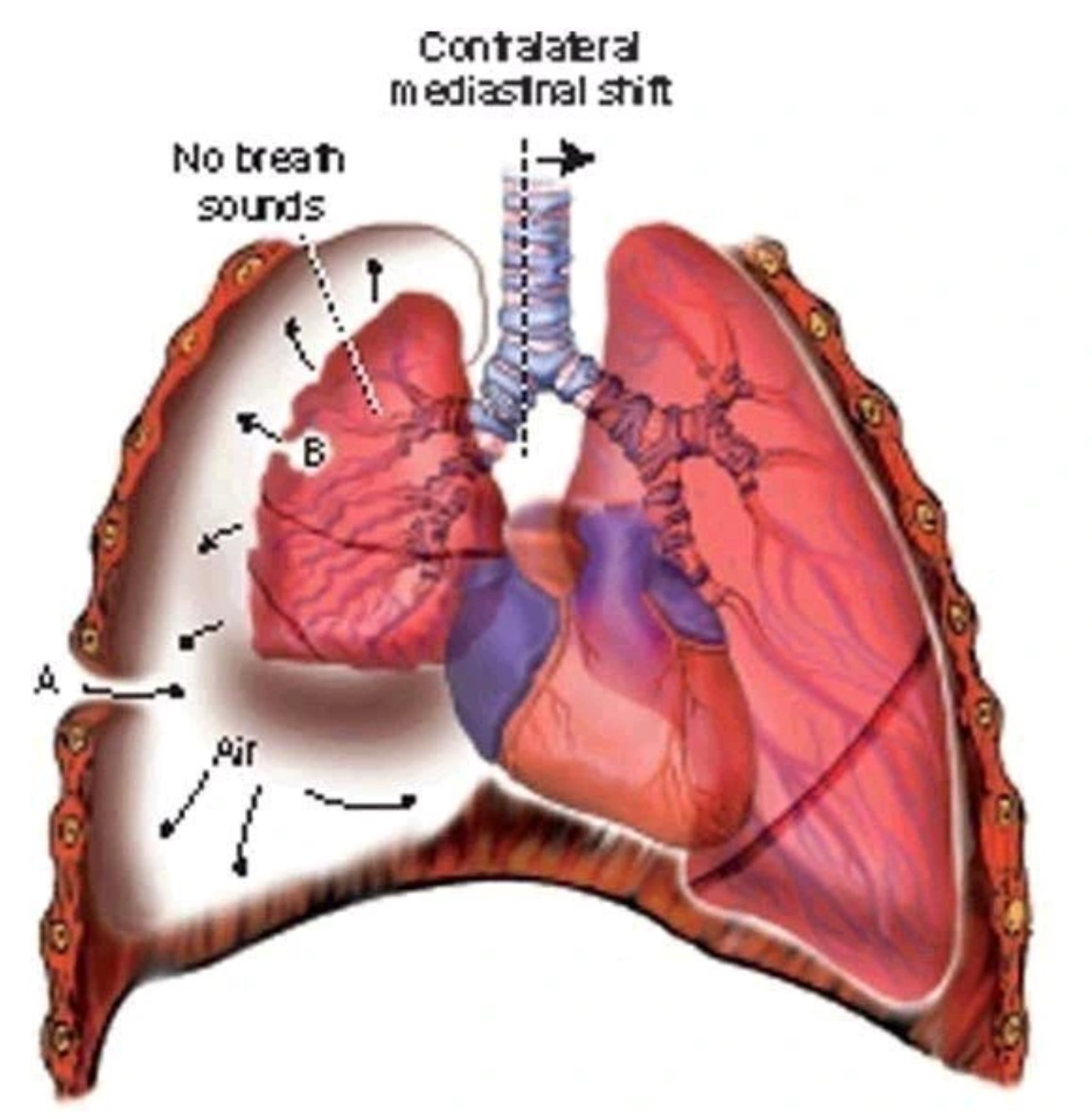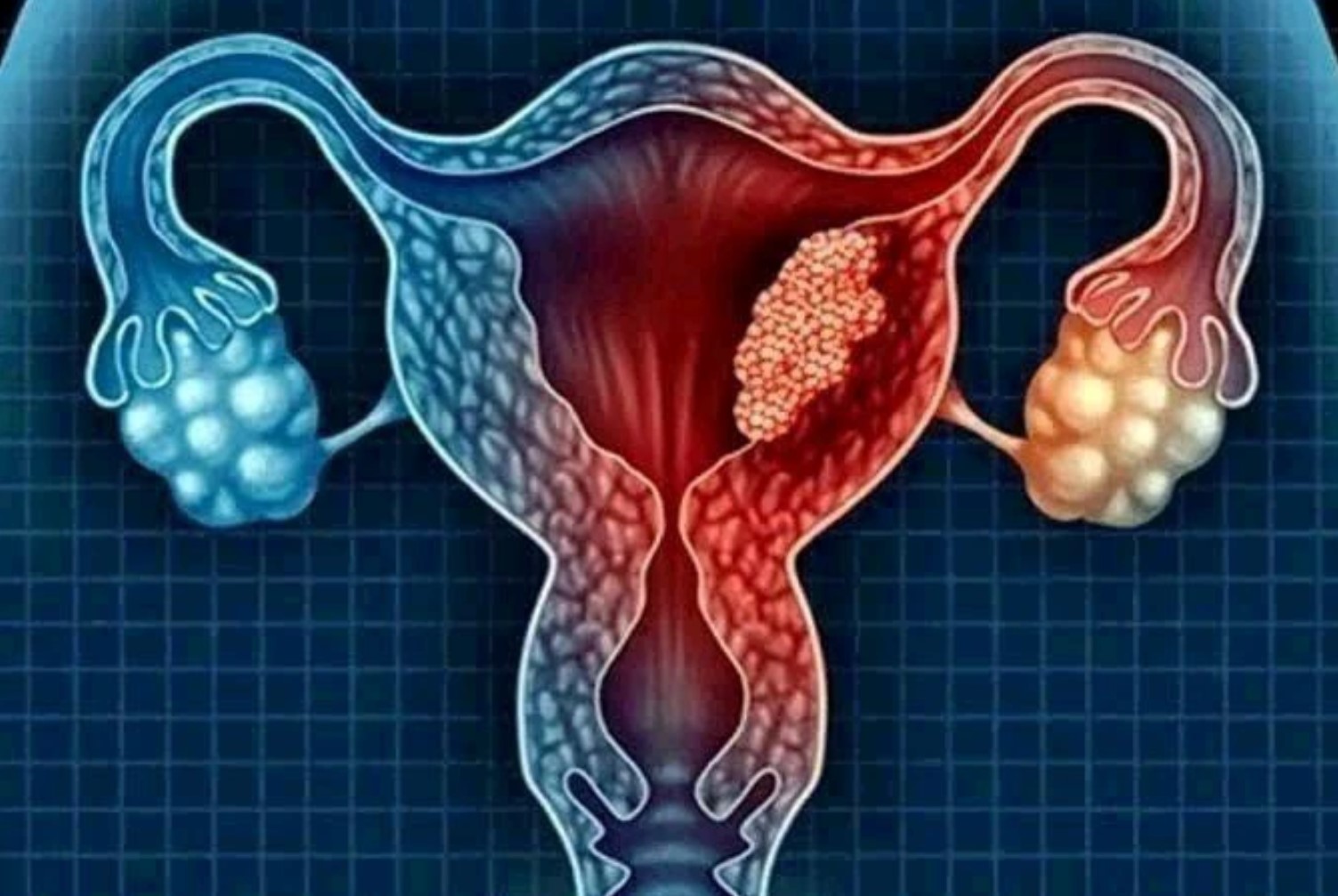HEALTH & LIFESTYLE
Understanding the Real Causes of Vertical Ridges on Your Nails

Continue Reading
HEALTH & LIFESTYLE
Your Lungs Are Not In Good Condition if You Experience the Following
HEALTH & LIFESTYLE
4 Major Reasons Some People Die In Their Sleep
HEALTH & LIFESTYLE
Uterine Cancer: Stay Away From These 4 Things To Avoid The Risk Of Being A Victim
-

 METRO10 months ago
METRO10 months agoMother Of ‘Murdered Girl Chopped Up For Kebab Meat’ Takes Matter Into Own Hands
-

 SPORTS11 months ago
SPORTS11 months agoEuro 2024: How to watch the round of 16 Portugal vs Slovenia on TV and stream
-

 METRO4 months ago
METRO4 months agoA woman marries a homeless man! No one had any idea who he really was! –
-

 METRO12 months ago
METRO12 months agoStop Wasting Money Buying Medicine For Your Chicken Instead Give Them These To Prevent Disease
-

 SPORTS9 months ago
SPORTS9 months agoDak Prescott: A Look At the Cowboys Star QB
-

 SPORTS10 months ago
SPORTS10 months agoDominik Koepfer Eliminated from Tennis Tournament at Rothenbaum, Holger Rune Advances Comfortably
-

 SPORTS11 months ago
SPORTS11 months agoPortugal eliminates Slovenia and will face France in the quarter-finals
-

 METRO3 months ago
METRO3 months agoArmed Robber Shot By Good Samaritan, His Family’s Response Is Completely Outrageous –



